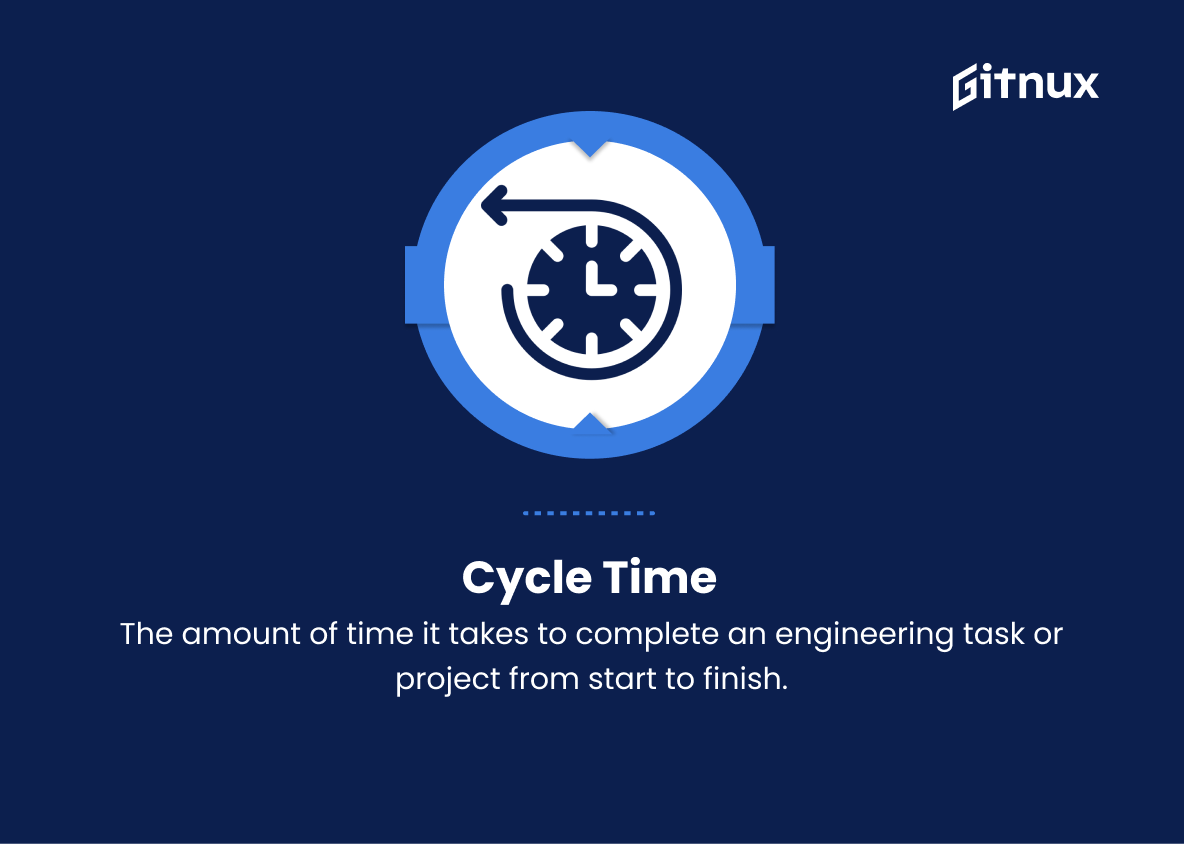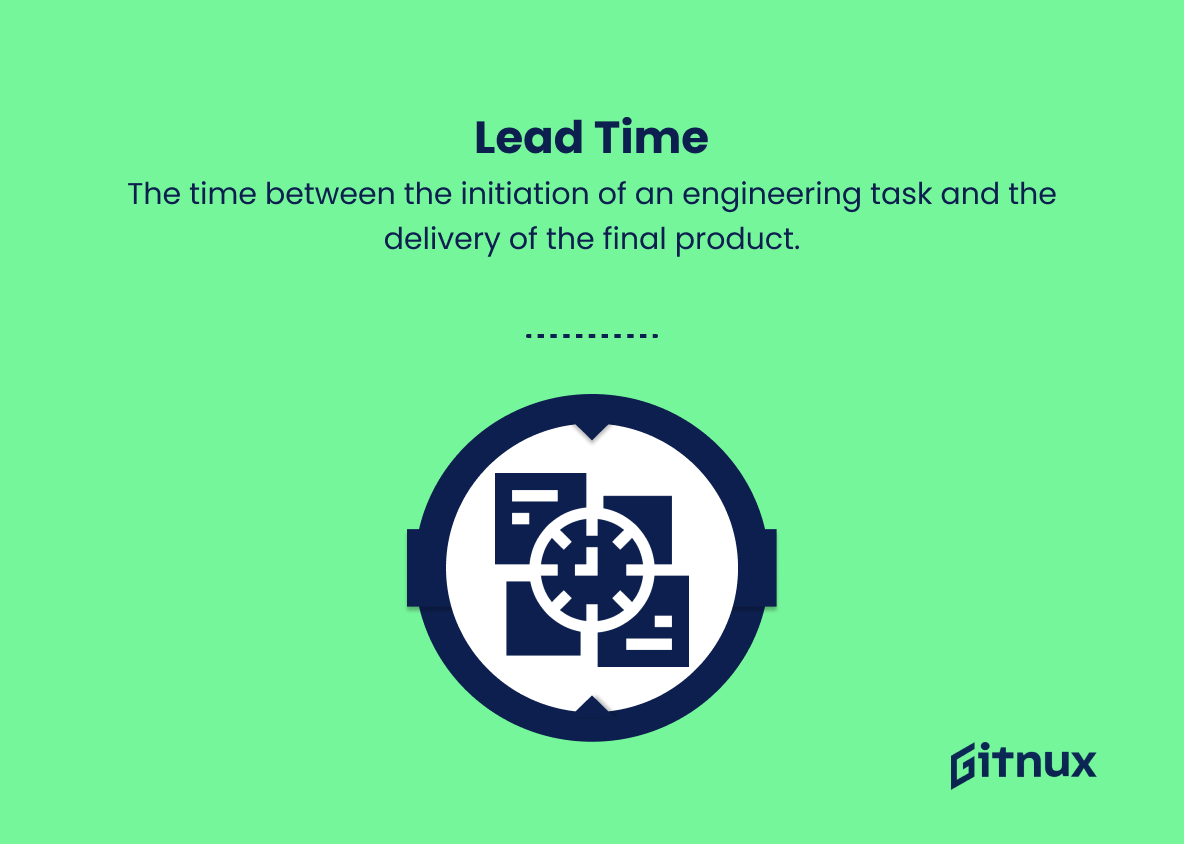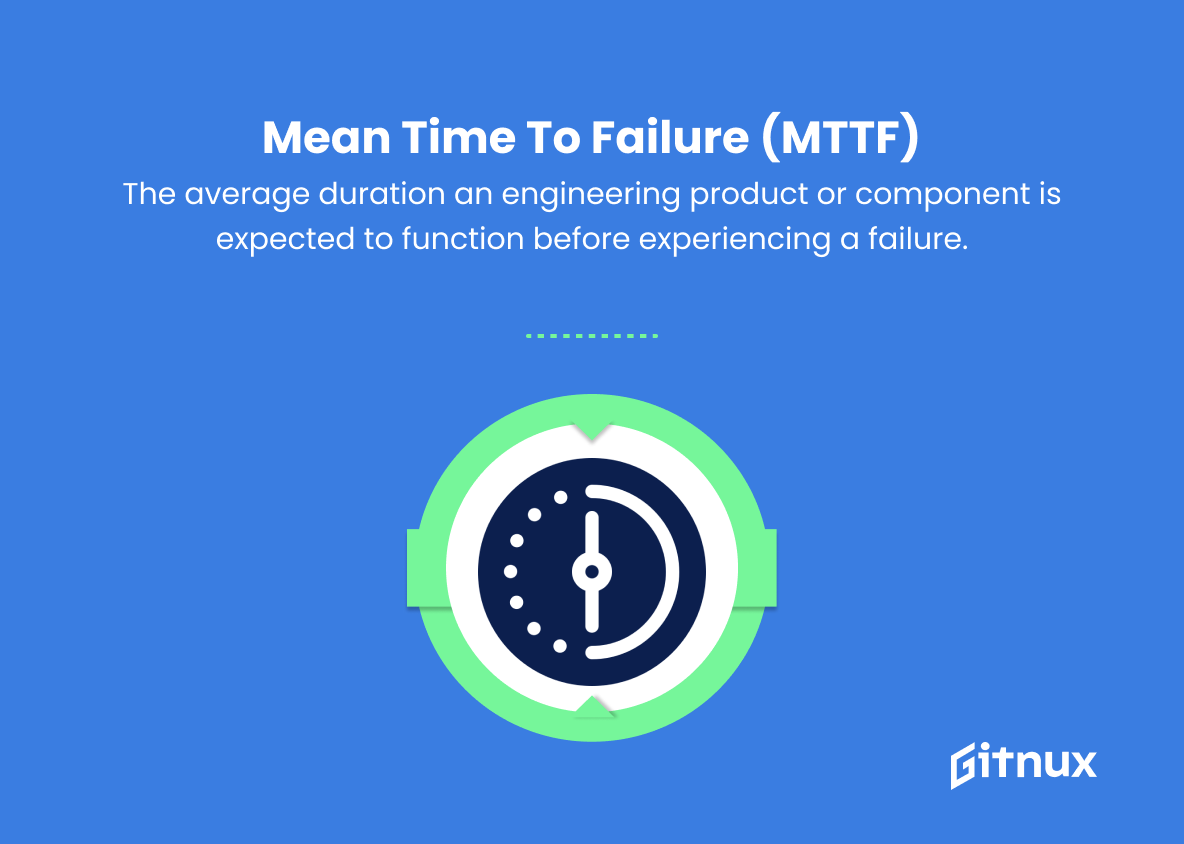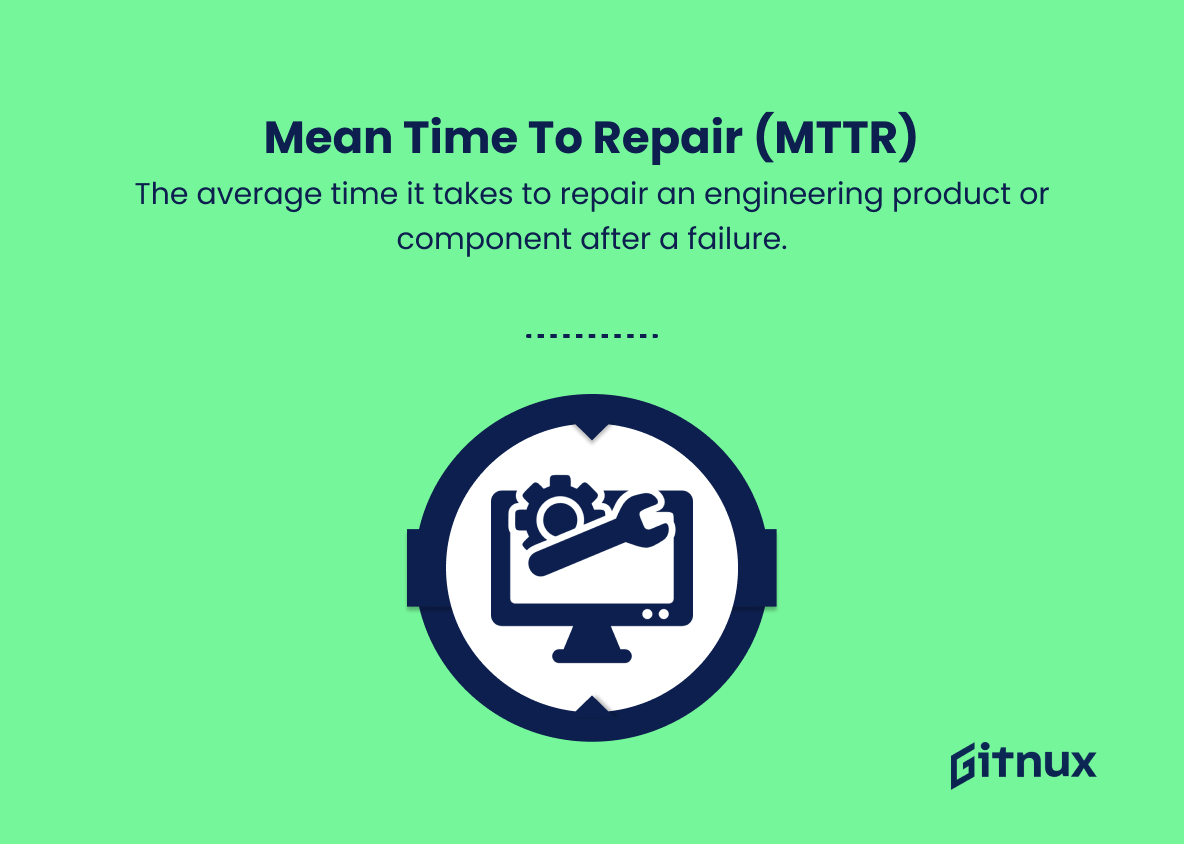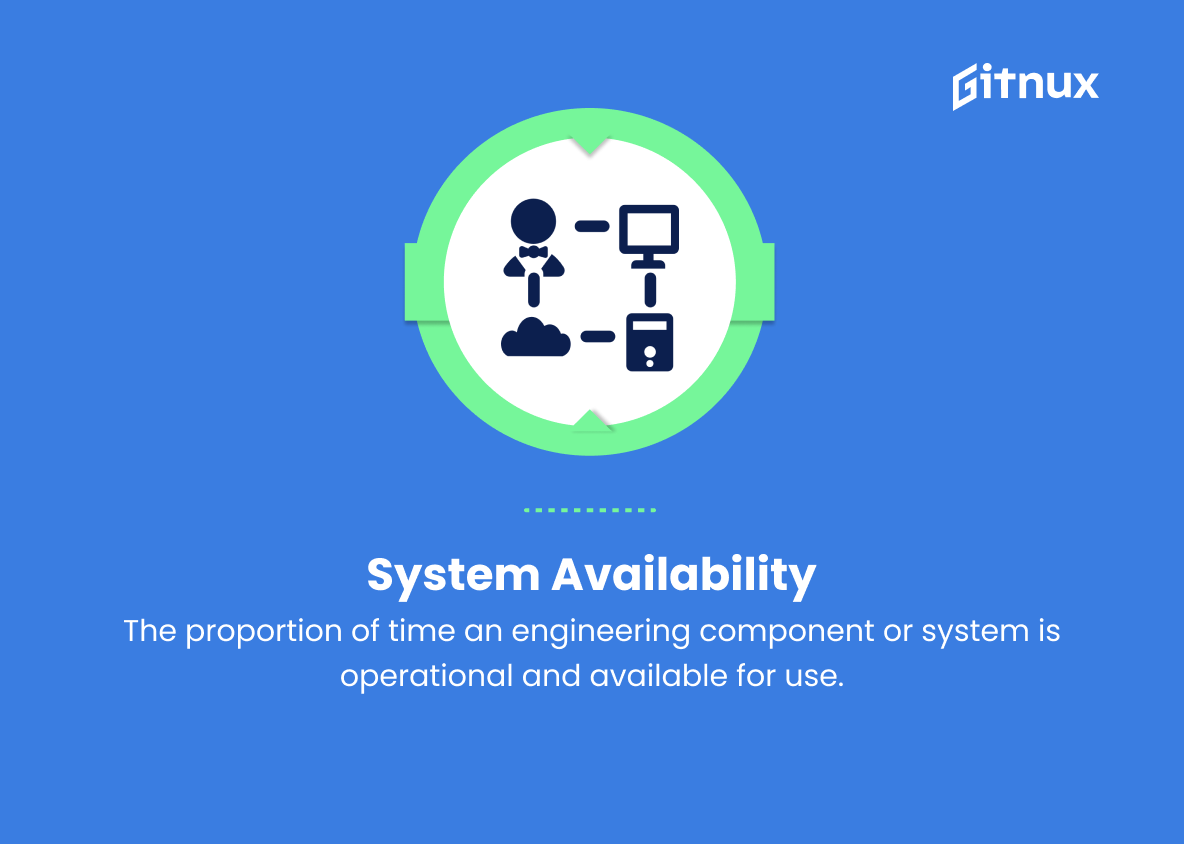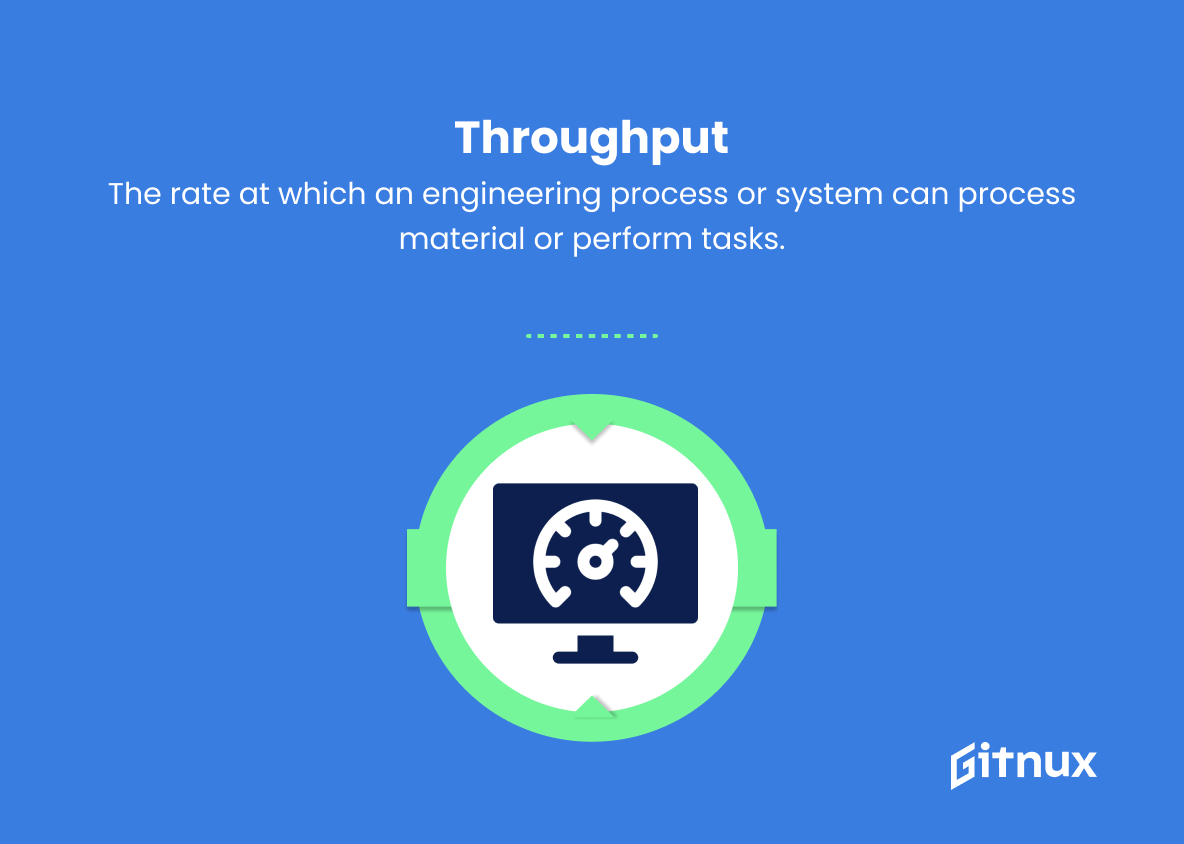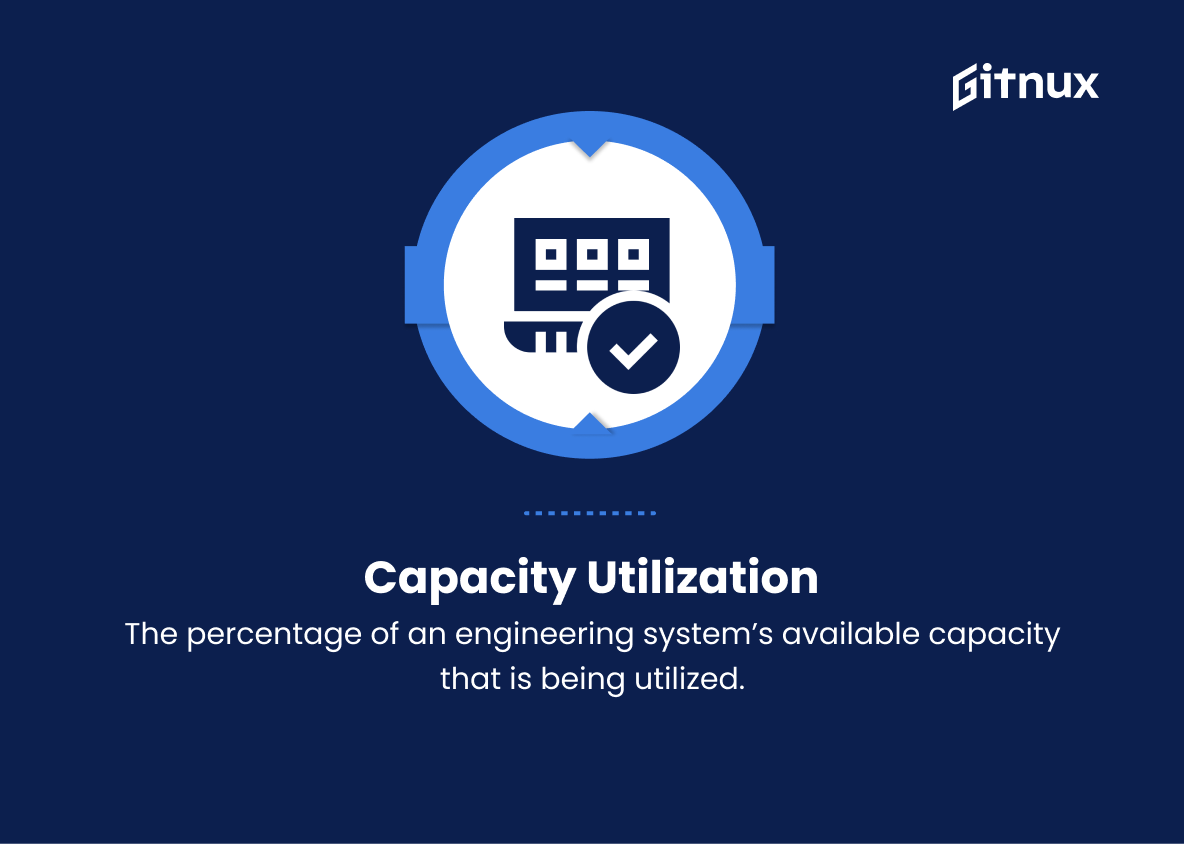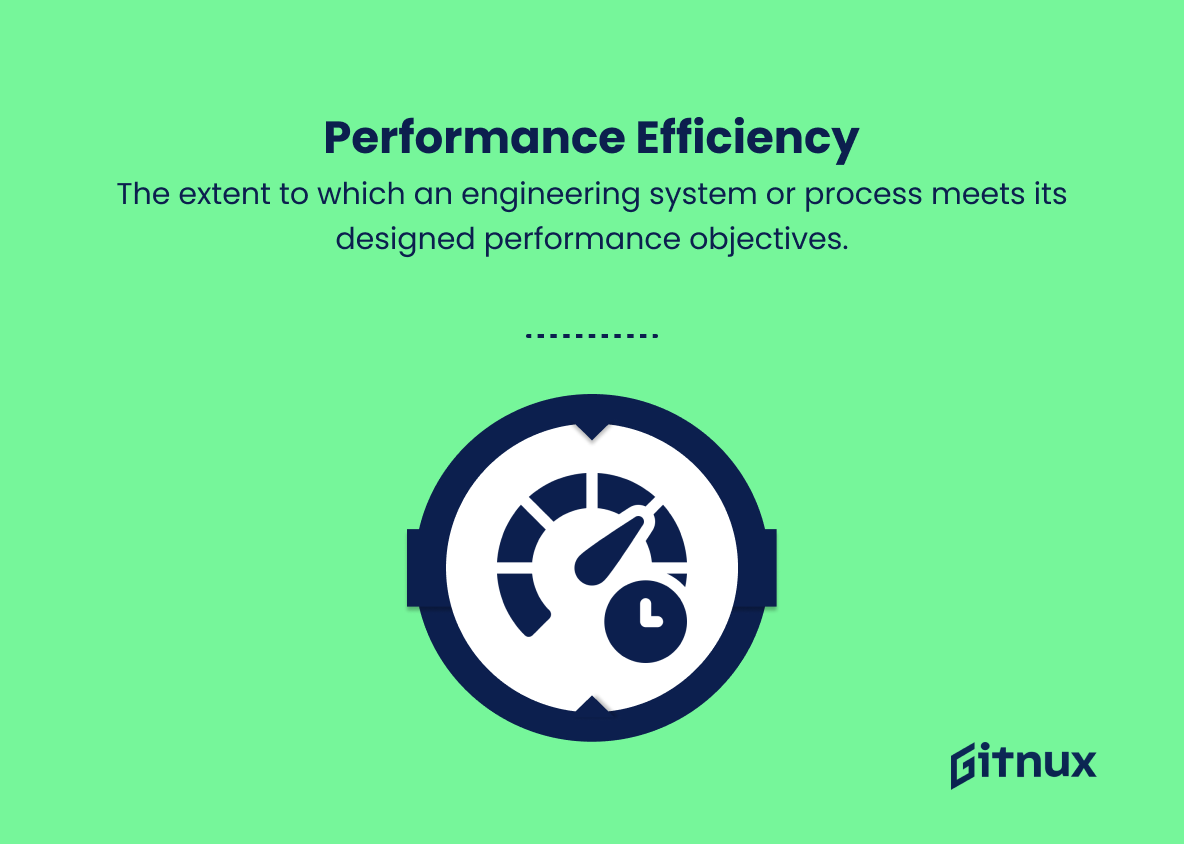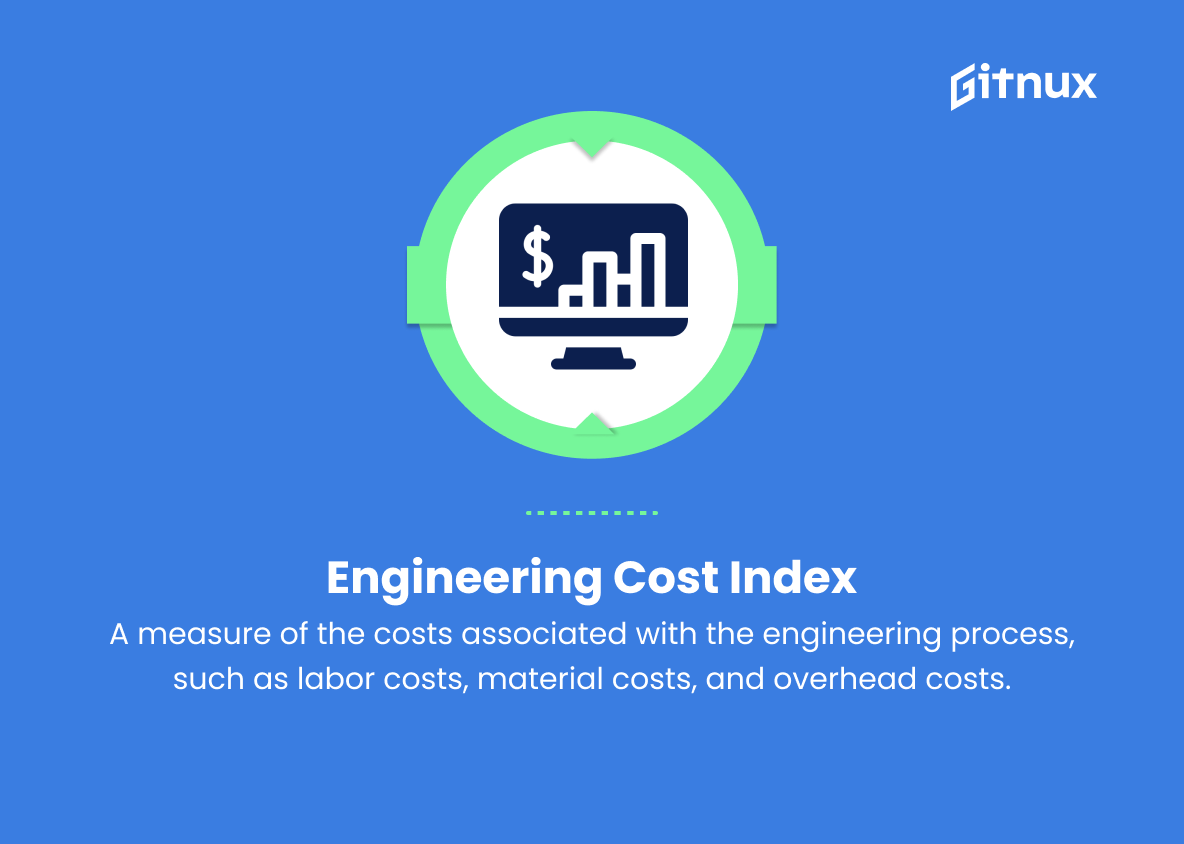In the ever-evolving world of engineering, the ability to measure success and progress is crucial for the growth and development of any project. Engineering metrics provide valuable insight into the performance and efficiency of engineering processes, empowering professionals to make informed decisions and implement necessary improvements. In this in-depth blog post, we will discuss the importance of engineering metrics, showcase various industry-standard metrics, and offer valuable guidance on selecting and utilizing the most effective measures for your specific project needs. By understanding and effectively tracking these key performance indicators, you can ensure that your engineering efforts are optimized, delivering tangible benefits and driving project success.
Engineering Metrics You Should Know
1. Cycle time
The amount of time it takes to complete an engineering task or project from start to finish.
2. Lead time
The time between the initiation of an engineering task and the delivery of the final product.
3. First pass yield
The proportion of completed engineering projects that passes initial quality checks without the need for additional rework.
4. Rework percentage
The percentage of engineering projects that require rework or corrections before they pass quality checks.
5. Defect density
The number of defects per unit of engineering work, usually measured per thousand lines of code (KLOC) for software engineering.
6. Mean time to failure (MTTF)
The average duration an engineering product or component is expected to function before experiencing a failure.
7. Mean time between failures (MTBF)
The average time elapsed between two successive failures of an engineering component or system.
8. Mean time to repair (MTTR)
The average time it takes to repair an engineering product or component after a failure.
9. System availability
The proportion of time an engineering component or system is operational and available for use.
10. Reliability
The probability an engineering component or system will perform its intended function without failure over a specified period.
11. Maintainability
The ease and efficiency with which an engineering product can be maintained or repaired.
12. Throughput
The rate at which an engineering process or system can process material or perform tasks.
13. Capacity utilization
The percentage of an engineering system’s available capacity that is being utilized.
14. Performance efficiency
The extent to which an engineering system or process meets its designed performance objectives.
15. Engineering cost index
A measure of the costs associated with the engineering process, such as labor costs, material costs, and overhead costs.
16. Engineering productivity
The output generated per unit of engineering input (e.g., output per engineer-hour).
17. Innovation rate
The number of new ideas or improvements generated per unit of engineering effort.
18. Return on engineering investment (ROEI)
The financial return generated by an engineering project compared to the costs associated with the project.
19. Customer satisfaction
The degree to which the engineering product or solution meets the needs and expectations of the customer.
20. Time-to-market
The length of time it takes for an engineering project to go from concept to delivery to customers.
Engineering Metrics Explained
Engineering metrics assess various aspects of projects and processes for efficient operation and success. Cycle time, lead time, and yield indicate duration, availability, and quality of outputs. Metrics like reliability, maintainability, and system availability ensure smooth operation and minimal downtime. Throughput, capacity utilization, and efficiency assess system effectiveness. Cost index, productivity, innovation rate, ROI, and time-to-market optimize resource allocation. Customer satisfaction rates emphasize meeting customer needs and perception of the engineering process.
Conclusion
In summary, engineering metrics play an essential role in ensuring the efficiency, productivity, and overall success of any engineering project or team. By monitoring, analyzing, and optimizing these critical indicators, organizations can make better-informed decisions, align their strategies and objectives, and ultimately achieve high quality and timely results. Implementing the right engineering metrics for your organization not only ensures continuous improvement but also fosters a culture of accountability and data-driven decision-making, necessary for achieving long-term success in an increasingly competitive industry. Therefore, by investing time and effort in selecting, tracking, and acting upon the appropriate engineering metrics, organizations can confidently propel themselves towards a future marked by continuous growth and engineering excellence.
